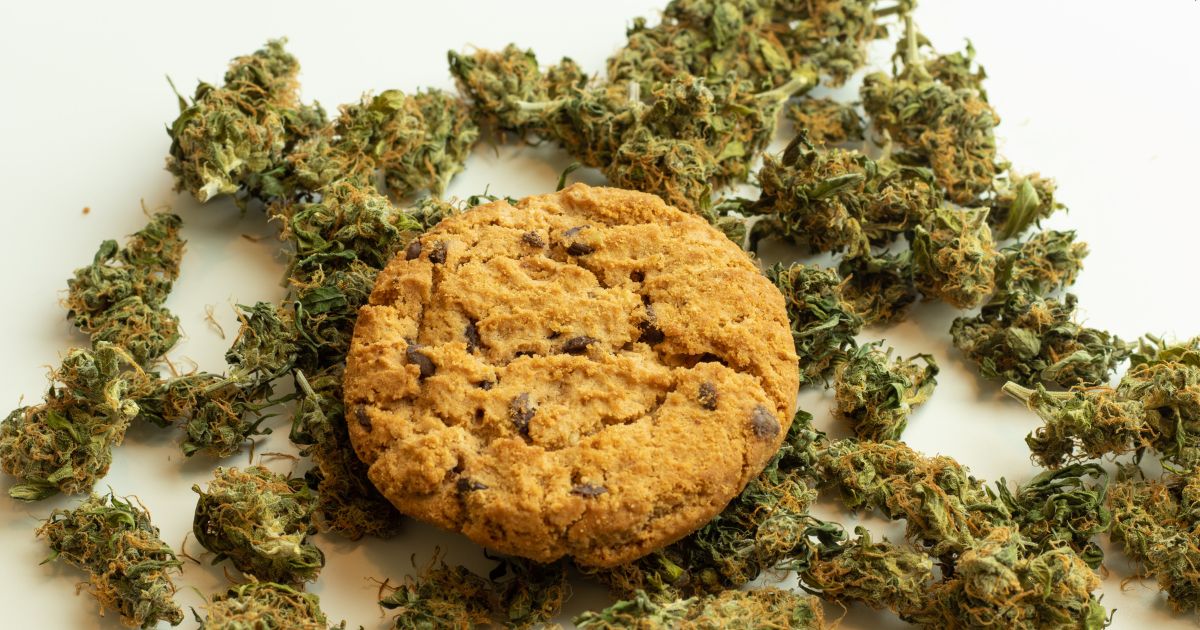The rise of “tranq,” also known by its chemical name xylazine, is casting a shadow over communities struggling with drug abuse. Originally used as a sedative for animals, this powerful substance has found its way into the illicit drug market, often mixed with opioids like fentanyl. The blend, sometimes referred to as “tranq dope,” is particularly dangerous due to its severe side effects, including deep, painful skin ulcers and infections. As awareness grows, the term “tranq epidemic” captures the urgent concern among health professionals and law enforcement about its spread and the devastating impact on users’ health.
Understanding what tranq is and recognizing its potential dangers are crucial in addressing this emerging crisis. Xylazine not only exacerbates the risk of overdose but also causes alarming physical damage, leading to what are commonly called “tranq sores” or “xylazine skin ulcers.” These wounds are difficult to treat and can significantly deteriorate the quality of life, earning xylazine the sinister nickname “tranq zombie drug.” The stark reality of these symptoms highlights the critical need for increased surveillance and public health interventions to mitigate the harm caused by this potent and destructive drug.
What Is Xylazine?
Xylazine, commonly referred to as “tranq,” is a sedative and pain reliever originally developed for veterinary use, primarily to sedate animals like horses and cattle during procedures. It is not approved for human use due to its potent effects and potential for severe side effects. Despite this, xylazine has made its way into the human drug market, where it is often illicitly mixed with opioids such as heroin and fentanyl to enhance their effects. This combination has led to an increase in its street name, “tranq drug,” reflecting its tranquilizing properties.
The drug works by depressing the central nervous system, leading to sedation, muscle relaxation, and pain relief. However, its use in humans can result in dangerous health consequences, including respiratory depression and bradycardia, or slow heart rate. Moreover, one of the most disturbing outcomes of xylazine use is the development of severe skin lesions, known as “xylazine wounds,” which can rapidly progress to deep ulcers and severe infections. The illicit use of xylazine as an additive to street drugs underscores the growing concern over this substance and its implications for public health and safety.
Is Tranq Dangerous?
Tranqis the slang term for the tranquilizer known as xylazine. Tranq is quite dangerous, especially when used by humans. In medical settings, the drug is used to sedate animals, not people, which means it can have very harmful effects on the human body.
According to the DEA, some of the side effects of using Tranq include:
- Dry mouth
- Drowsiness
- Rapid changes in blood pressure (hypertension/hypotension)
- Rapid changes in heart rate (tachycardia/bradycardia)
- Irregular heartbeat (dysrhythmia)
- High blood sugar (hyperglycemia)
- Xylazine wounds and ulcers
- Infections
- Respiratory depression
- Severe drowsiness
- Rapid loss of body heat (hypothermia)
- Coma
- Death
Due to its impact on the brain and body, tranq abuse often leads to accidents, injuries, and even death.
Xylazine’s ability to slow down a person’s breathing also increases the risk of overdose, particularly when mixed with opioids like fentanyl. This combination can be lethal, as both drugs suppress the body’s ability to breathe. Due to these significant risks, the spread of tranq abuse in communities is a major public health concern.
What Are Xylazine Wounds?
One of the most alarming side effects of tranq abuse is the development of severe skin lesions. People who abuse the drug often develop xylazine sores or xylazine wounds. These wounds are not due to the method of taking the drug but rather a direct consequence of xylazine’s chemical impact on the body.
Xylazine reduces blood flow to certain areas, leading to tissue damage and the development of ulcers or open sores. These sores are difficult to heal and can worsen rapidly, leading to necrotic skin ulcers that expose users to even more health risks andinfection.
Caring for xylazine wounds requires professional medical intervention. Treatment for xylazine wounds typically involves cleaning the affected area, applying medication to prevent infection, and sometimes surgery to remove dead tissue. It’s crucial for individuals with these wounds to seek professional medical help to effectively manage these health complications. The persistent nature of these wounds and their resistance to healing make them a serious concern for health professionals.
Get confidential help from our addiction treatment specialists in Orange County. Call to join our rehab program today!
Call 866-881-1184Is Xylazine Addictive?
Xylazine is not addictive in the traditional sense because the drug does not induce the compulsive drug-seeking behaviors typically associated with substances like opioids or stimulants. However, it can be habit-forming due to its sedative effects, and dependency can develop, especially when used regularly.
The risk of addiction increases significantly when xylazine is mixed with highly addictive substances such as heroin or fentanyl. This combination can enhance the effects of both drugs, inadvertently increasing their risk of dependency and addiction.
Mixing Xylazine With Other Drugs
Mixing xylazine with other drugs often occurs to increase profitability for drug dealers or to extend the effects of other opioids. These drug mixtures also result in a more intense experience of sedation or euphoria which increases the person’s risk of developing an addiction.
People who struggle with addiction are oftennot aware that their drug of choice is laced with xylazine, which can lead to unexpected and dangerous side effects.
Some side effects of mixing xylazine with other drugs can include:
- Drowsiness
- Unresponsiveness
- Dangerously low blood pressure
- Extremely slow heart rate
- Severely labored breathing
- Increased risk of overdose
The combination of xylazine with opioids is particularly dangerous and contributes to the high rates of fatal overdoses seen in communities impacted by opioid abuse. This highlights the importance of awareness and caution regarding illicit drug use.
Looking for quality substance abuse treatment that’s also affordable? South Coast accepts most major insurance providers. Get a free insurance benefits check now.
Check Your CoverageDrug Treatment Program in Orange County, CA at SCBH
At South Coast Behavioral Health (SCBH) in Orange County, CA, our approach to drug abuse treatment is comprehensive and personalized, ensuring that each patient receives the support necessary for effective recovery. SCBH understands that addiction is a complex condition that affects individuals differently, which is why we tailor our treatment programs to meet the specific needs of each person.
Our addiction treatment model integrates various levels of care, including:
- Detoxification: Treatment professionals medically monitor clients as they safely withdraw from substances.
- Residential Treatment: Clients live at our facility and receive around-the-clock care, including therapy and medical support.
- Partial hospitalization: This program acts as a bridge between inpatient and outpatient treatment. Partial hospitalization safely transitions clients back into society within a highly structured environment to prevent relapse.
- Intensive Outpatient Program: These intensive programs allow clients to continue their treatment while living at home, providing flexibility as they reintegrate into daily life.
- Aftercare Support: We offer ongoing support to help prevent relapse and ensure long-term recovery.
At SCBH, therapy options include individual counseling, group therapy, and family therapy sessions. We also incorporate holistic treatments like meditation and yoga to support overall well-being. Our goal is to address not just the physical aspects of addiction but also the emotional and psychological factors, ensuring a holistic recovery process.
If you or someone you love needs help, South Coast is here to guide you. Contact us today to begin the journey to recovery.










